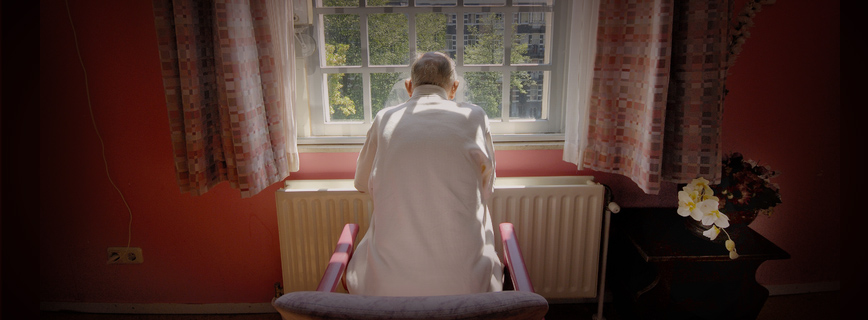Five years after the event, Victorian State Coroner, Judge Helen Coate, has released the findings of the inquest into the deaths of four residents of the aged-care home, Broughton Hall.
 Aged Care Crisis
for consumers, by consumers
Aged Care Crisis
for consumers, by consumers
The Column
Contributor profile: Aged Care Columnist
Our Columnist has been an advocate for better aged care for over a decade. They have worked in aged-care homes and supported seven family members and friends through the Australian system of aged care and found many aspects of it wanting. They have co-authored several submissions to Senate Inquiries on matters relating to aged care and written widely on social policy issues concerning ageing and accommodation for marginalized people.
Resident Committees
Just the other day a friend drew my attention to the comment below. It is dated January 2018 and is a response to an article in Australian Ageing Agenda (written in November 2015) re one of the many reviews into aged care. It refers to the need for higher staffing levels and more skilled staffing in aged-care homes.
Guess the body part
The year ends on a ghastly note for aged care. Today, the Herald Sun reports on how some staff at a Victorian aged care facility thought it was fun to take pictures of the bodies of frail residents and play a ‘guess who?' game at a party at the local golf club...
No mandated staff/resident ratios, no transparency, no research
People are usually stunned to learn that there are no set staff/resident ratios in aged-care homes. They simply assume that frail older people in care will be treated like other vulnerable individuals – for example like those in hospital or very young children in kindergarten and day-care – all of whom receive the protection of mandated levels of staffing.
All residents of aged-care homes need protection
Imagine waking from deep sleep to see a stranger’s face staring right down at you. Then imagine that someone enters your private space many times a week and that you are 96 years old with limited mobility.
This is life for a friend of mine who lives in a high-care residential facility. It also happened to my mother in similar circumstances – and regularly happens to many others. I cannot imagine any other situation – other than aged care - where such occurrences would be considered run-of-the-mill.



